
How to Use Arrester: Examples, Pinouts, and Specs
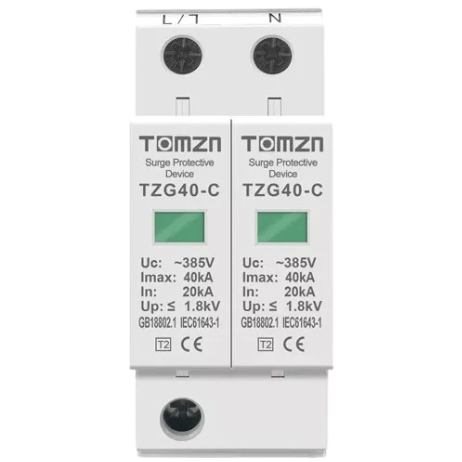
 Design with Arrester in Cirkit Designer
Design with Arrester in Cirkit DesignerIntroduction
The Arrester is an essential protective device designed to safeguard electrical equipment from voltage spikes and surges. Manufactured by Tomzn (Part ID: Tomzn), this component operates by diverting excess voltage to the ground, thereby preventing damage to sensitive electronic systems. Arresters are commonly used in power distribution systems, industrial equipment, and residential electrical installations to ensure the longevity and reliability of connected devices.
Explore Projects Built with Arrester
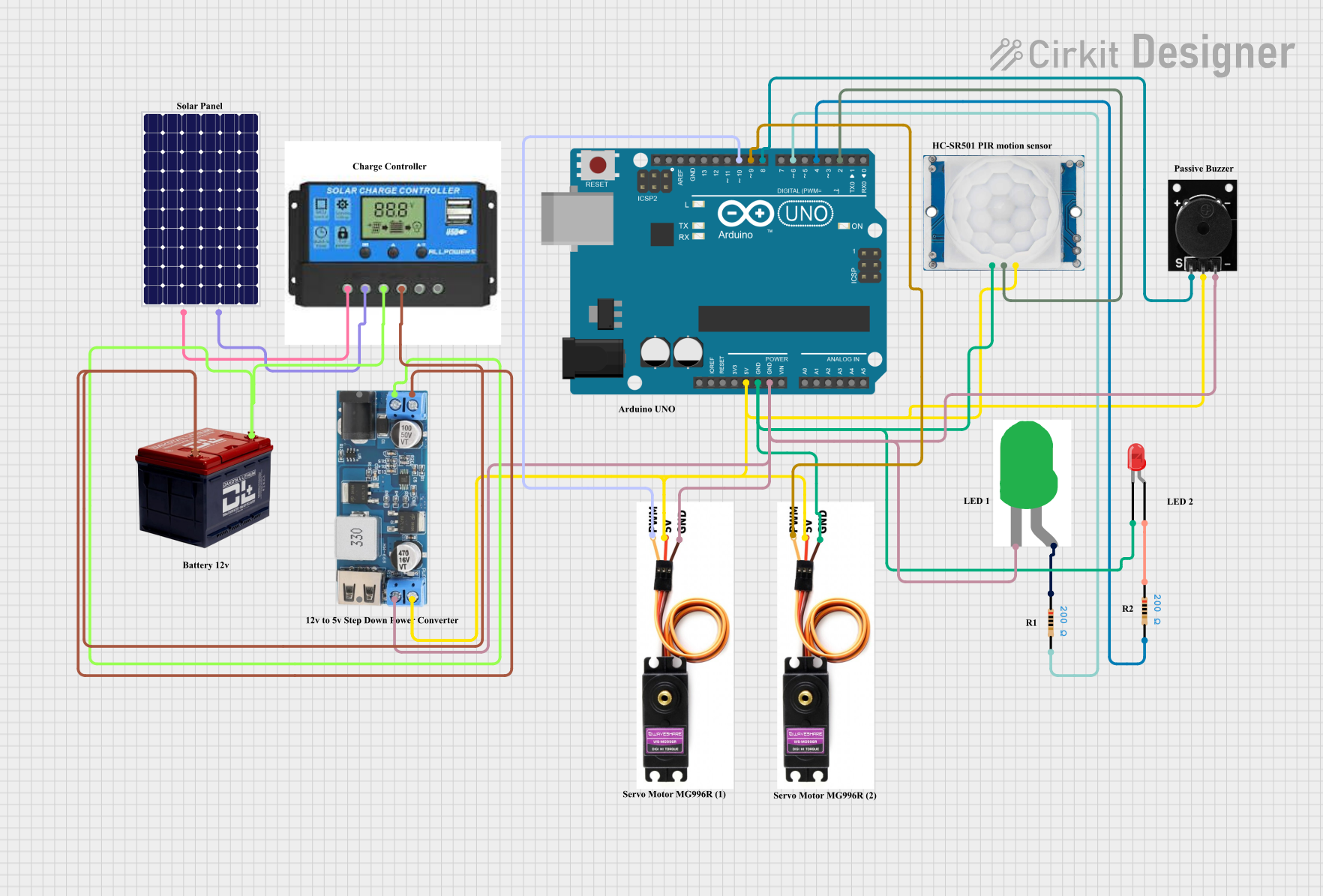
 Open Project in Cirkit Designer
Open Project in Cirkit Designer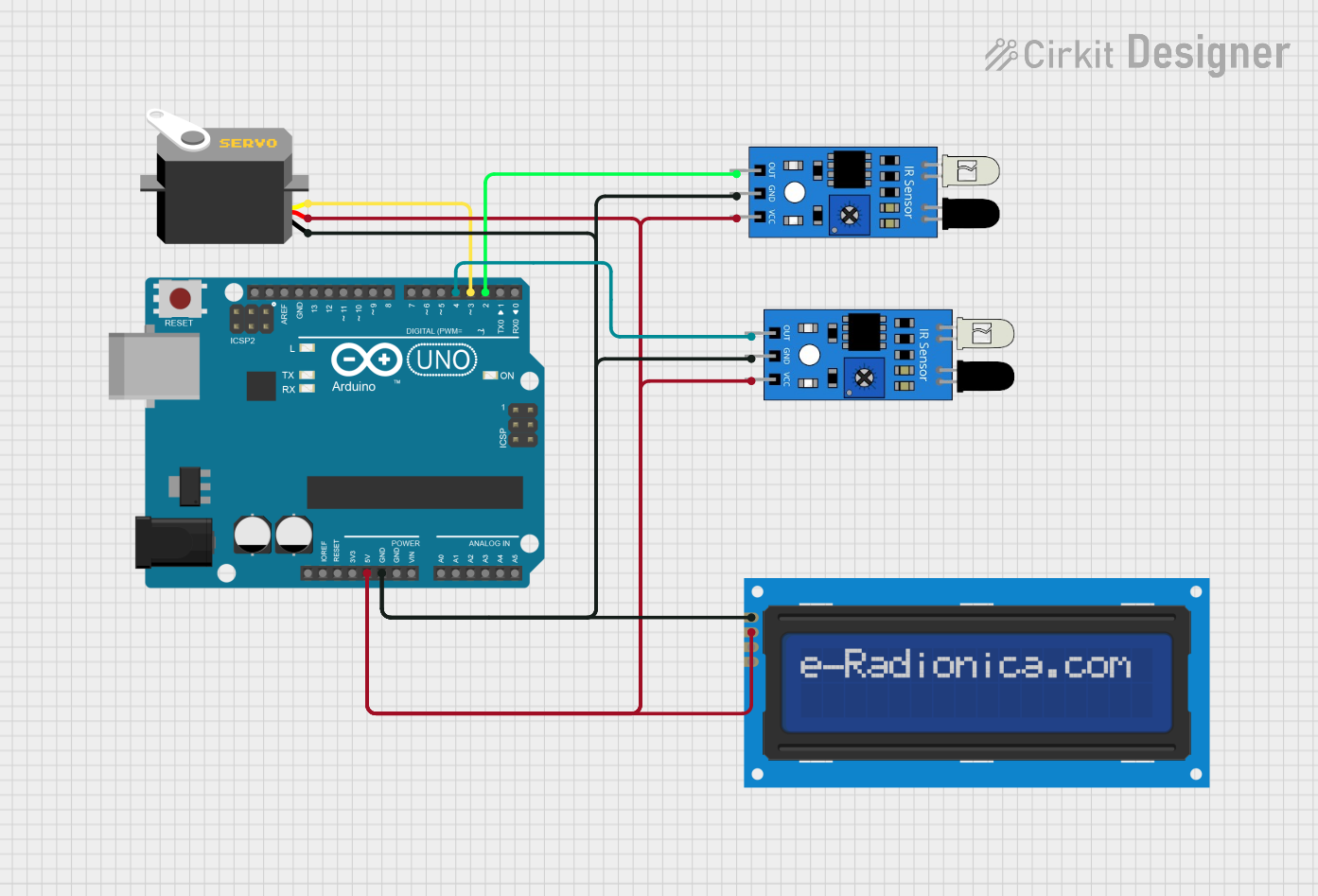
 Open Project in Cirkit Designer
Open Project in Cirkit Designer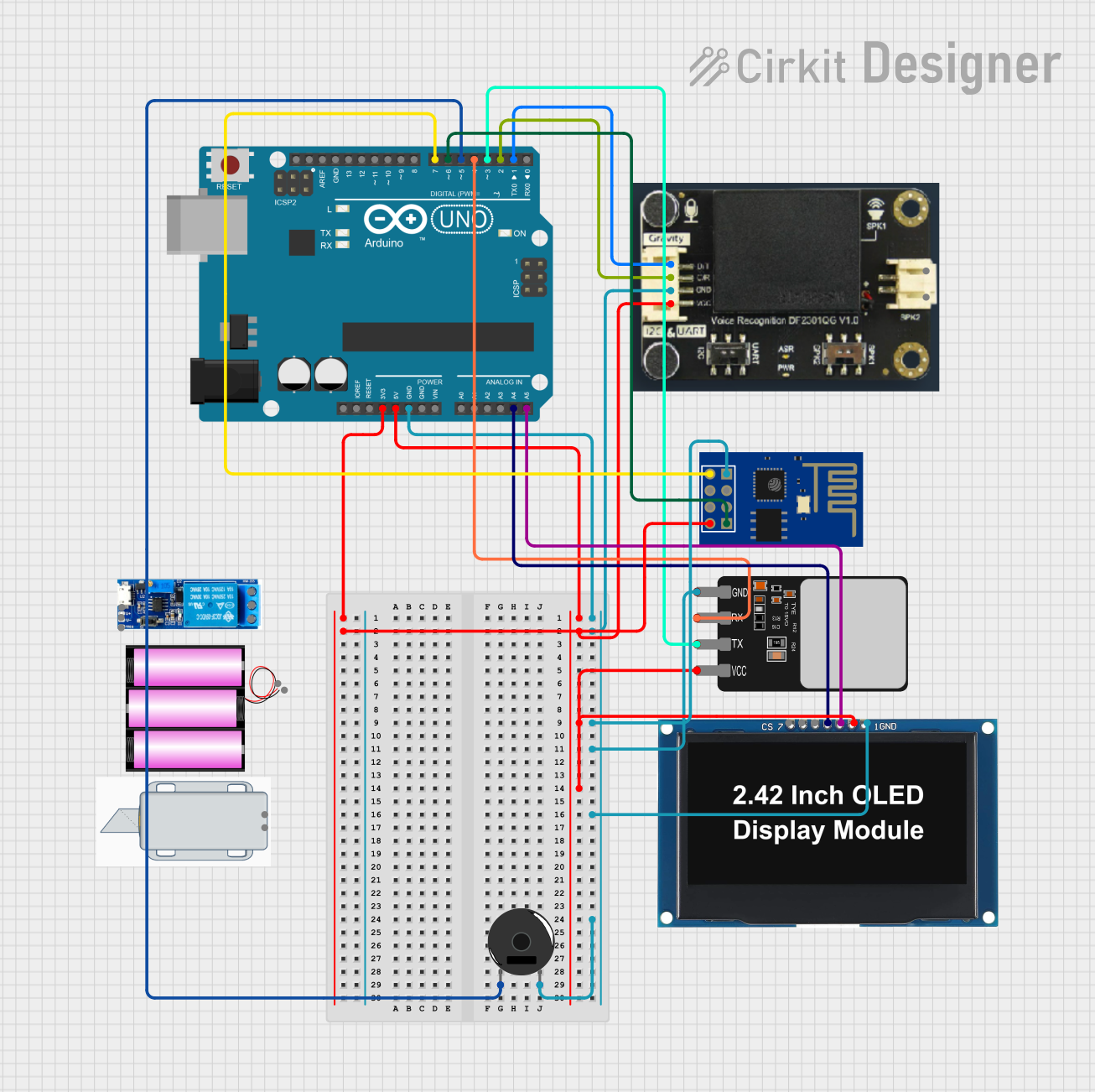
 Open Project in Cirkit Designer
Open Project in Cirkit Designer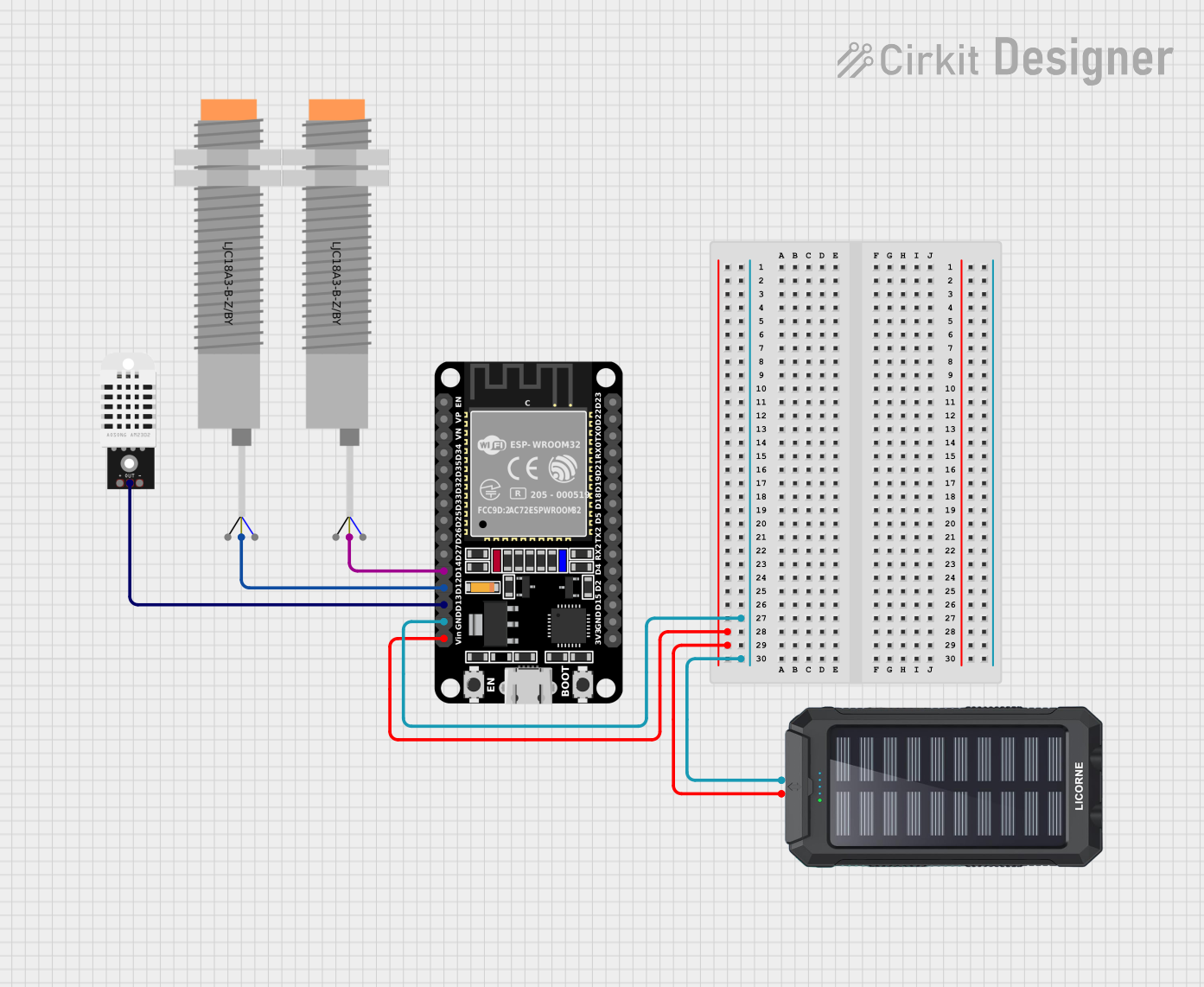
 Open Project in Cirkit Designer
Open Project in Cirkit DesignerExplore Projects Built with Arrester

 Open Project in Cirkit Designer
Open Project in Cirkit Designer
 Open Project in Cirkit Designer
Open Project in Cirkit Designer
 Open Project in Cirkit Designer
Open Project in Cirkit Designer
 Open Project in Cirkit Designer
Open Project in Cirkit DesignerCommon Applications and Use Cases
- Protection of power lines and transformers in electrical grids.
- Safeguarding industrial machinery from transient voltage surges.
- Preventing damage to household appliances during lightning strikes or power surges.
- Use in renewable energy systems, such as solar and wind power installations.
Technical Specifications
Below are the key technical details of the Tomzn arrester:
| Parameter | Value |
|---|---|
| Manufacturer | Tomzn |
| Part ID | Tomzn |
| Rated Voltage (Un) | 230V AC |
| Maximum Continuous Operating Voltage (Uc) | 275V AC |
| Nominal Discharge Current (In) | 10kA (8/20 µs waveform) |
| Maximum Discharge Current (Imax) | 20kA (8/20 µs waveform) |
| Protection Level (Up) | ≤ 1.5kV |
| Response Time | < 25 nanoseconds |
| Operating Temperature | -40°C to +80°C |
| Housing Material | Flame-retardant thermoplastic |
| Mounting Type | DIN Rail |
Pin Configuration and Descriptions
The arrester typically has a simple terminal configuration for easy integration into electrical systems. Below is the pin description:
| Terminal | Description |
|---|---|
| L (Line) | Connects to the live wire of the circuit. |
| N (Neutral) | Connects to the neutral wire of the circuit. |
| PE (Earth) | Connects to the ground/earth for discharging excess voltage. |
Usage Instructions
How to Use the Arrester in a Circuit
- Mounting: Secure the arrester onto a DIN rail in the electrical panel.
- Wiring:
- Connect the L (Line) terminal to the live wire of the circuit.
- Connect the N (Neutral) terminal to the neutral wire.
- Connect the PE (Earth) terminal to the ground/earth wire.
- Verification: Ensure all connections are tight and secure. Double-check the wiring to avoid incorrect installation.
- Testing: After installation, test the system to confirm proper operation. Use a surge generator or similar equipment to simulate voltage spikes if necessary.
Important Considerations and Best Practices
- Grounding: Proper grounding is critical for the arrester to function effectively. Ensure the earth connection has low resistance.
- Voltage Ratings: Verify that the arrester's rated voltage matches the system voltage to avoid malfunction.
- Periodic Inspection: Regularly inspect the arrester for signs of wear, damage, or degradation.
- Environmental Conditions: Install the arrester in a location that is protected from excessive moisture, dust, and extreme temperatures.
Arduino Integration
While arresters are not typically used directly with microcontrollers like the Arduino UNO, they can be employed in circuits to protect the Arduino and other sensitive components from voltage surges. For example, an arrester can be installed on the power supply line feeding the Arduino to prevent damage during power spikes.
Troubleshooting and FAQs
Common Issues and Solutions
| Issue | Possible Cause | Solution |
|---|---|---|
| Arrester does not respond to voltage spikes | Improper grounding or loose connections | Check and secure all connections, especially the ground. |
| Frequent tripping or failure | Voltage surges exceed arrester's capacity | Replace with a higher-rated arrester. |
| Overheating of the arrester | Prolonged exposure to high voltage | Inspect the system voltage and ensure it is within the arrester's rated range. |
| Physical damage or cracks in housing | Mechanical stress or environmental factors | Replace the arrester immediately. |
FAQs
Can the arrester protect against lightning strikes?
- Yes, the arrester is designed to handle transient surges caused by lightning strikes, provided the surge is within its rated capacity.
How often should the arrester be replaced?
- The arrester should be inspected periodically and replaced if it shows signs of wear, damage, or after a significant surge event.
Can I use the arrester in a DC circuit?
- This specific arrester is designed for AC systems. For DC applications, use a DC-rated arrester.
What happens if the arrester fails?
- In most cases, the arrester will fail in a safe mode, disconnecting itself from the circuit. However, it is essential to replace it immediately to restore protection.
By following this documentation, users can effectively integrate and maintain the Tomzn arrester in their electrical systems, ensuring reliable protection against voltage surges.